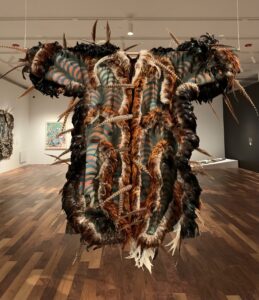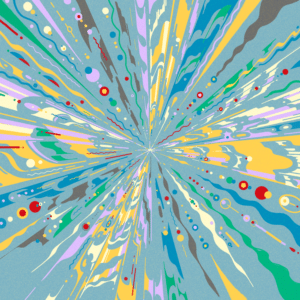The conceptual and visual richness of Judith Schaechter’s stained glass works are on display at the Memorial Art Gallery of the University of Rochester. While the museum is closed to visitors due to the pandemic, the institution has launched a digital edition of the exhibition, The Path to Paradise: Judith Schaechter’s Stained-Glass Art, that can now be explored online.
Drawing inspiration from diverse sources including Renaissance art, classical mythology, and even popular culture, Schaechter has developed her own personal iconography to depict personal as well as universal narratives.
From a review of “The Path to Paradise” in Hyperallergic
Stained Glass That Demands Slow Looking
Featuring jarring geometrics, menageries of odd little creatures, and maximalist aesthetics, Judith Schaechter’s light boxes are nearly impossible to look away from.
Judith Schaechter’s stained glass works reach so far in different directions that trying to classify them becomes a taxonomy problem. Her medium, techniques, and references are deeply rooted in Medieval and Renaissance art, but her execution, agenda, and subject matter are unusual for stained glass. Her work is based in craft, but her finished products are highly conceptual. Her imagery and symbols are both personal and universal. Even the title of her retrospective at the University of Rochester’s Memorial Art Gallery, Path to Paradise, contains a kind of contradiction, alluding to a quote from Dante’s Divine Comedy: The path to paradise begins in hell.
Sign up for updates
Explore Themes and Ideas































































